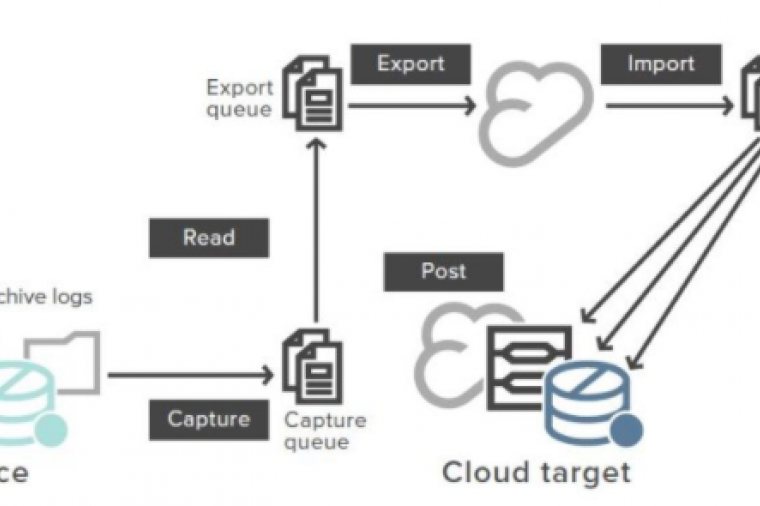Technically News scans thousands of industry articles to present you with a weekly source of IT news, information, and ideas that impact the public sector.
The majority of Big Data projects are built on open source software and Red Hat, the leading enterprise open source software company, is ready to roll out a new strategy. Part of their approach will be focusing on hybrid clouds, allowing users to work seamlessly between public and private clouds. Red Hat also plans to expand its hardware and software partnerships in the near future. ZDNet covered the announcement.
NetApp’s FlashRay to Disrupt Enterprise Storage
FlashRay, a new operating system from NetApp, was revealed last week and promises to revolutionize enterprise Flash storage. Unlike spinning disks that eventually fail, Flash wears out after multiple uses. FlashRay will fix that by optimizing Flash’s efficiency so it’s not wasting write cycles. Forbes has the entire NetApp keynote and a write-up, How NetApp FlashRay Will Disrupt Enterprise Storage, Using Low-Cost Flash Memory.
Federal IT security is one of 30 program areas at “high risk”. The category, which consists of “security of government information systems” and “protection of the nation’s privately owned critical infrastructure”, has been on the list for the last 16 years. A Government Accountability Office (GAO) assessment found that the number of IT security incidents has gone from 5,503 in 2006 to 48,652 in 2012. GCN’s Trusted ID, Monitoring Efforts Can’t Keep IT Security Off High-Risk List has a full breakdown.
Open Data Success Requires Streamlining and Standardization
The Memorandum on Transparency and Open Government was going to make data available to citizens at a level never before seen. While we have seen impressive leaps in the ensuing years, GovTech argues that the key to open data is streamlining and standardizing – something the government has yet to agree on. Read Open Data Success Requires Streamlining and Standardization to find out what steps are being taken to solve this inefficiency.
The Case for Paying for Open Source
Red Hat has created a very successful company by selling free, Linux-based software. How they have done this and why paying for open source makes great business sense is outlined in The Case for Paying for Open Source. Among the six points are enterprise-grade support and input into new features.

































